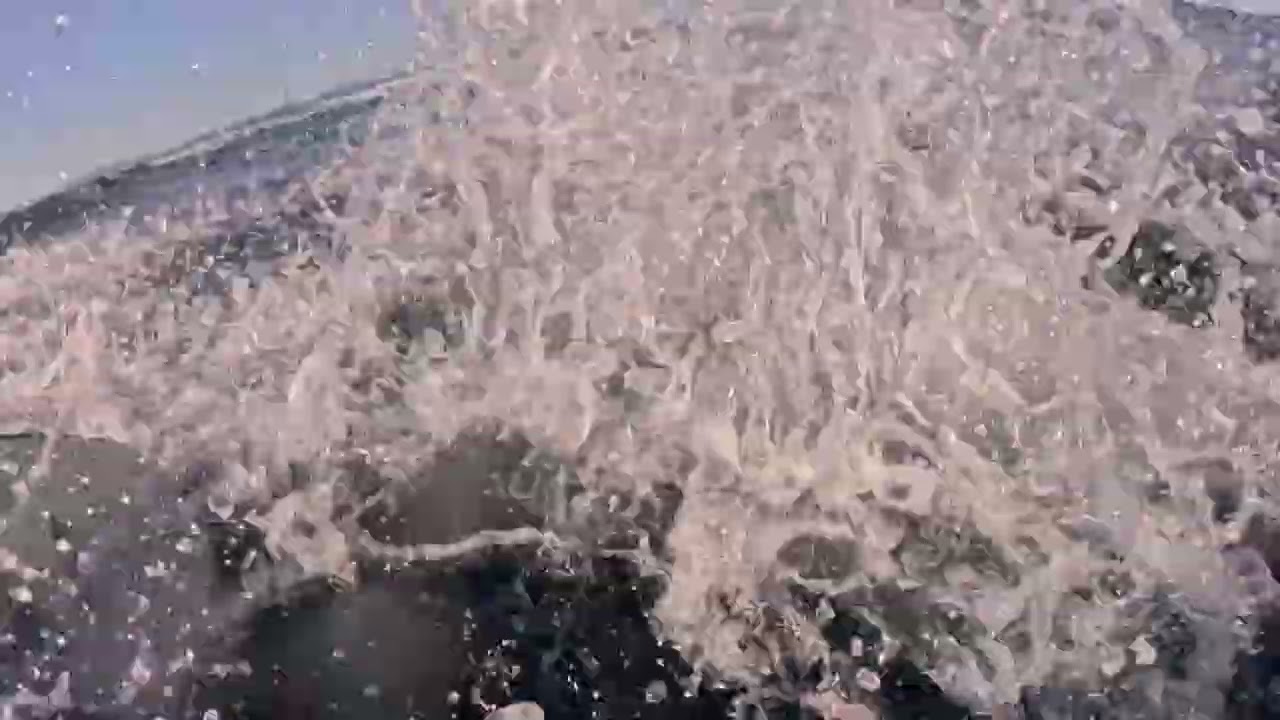I bought the LiftX (47 lbs) to learn surfing and downwinding, but in this 6 second video below, you can see the 47 pound foil got close to crashing into the back of my neck. So is this thing an actual risk of breaking my neck because of the added weight or am I being over dramatic and paranoid?
I’ll be more worry of the possibility of cutting yourself out at sea and bleeding to death or by the board hitting your head, passing-out and drowning. With an Efoil, maybe a combination of the two ?
Probably shark and jumping impaling needlefish too !
But that’s just me…
You’re learning. The most important part in learning to foil is how to fall safely. You have a new discipline and that fall taught you a lot. Don’t let the machine run you over. Just be aware of it and you’ll be fine.
Re-reading myself, I sounded a bit harsh.
You will be fine. Managing the danger is a part of everything. The more you do it, the better you will get at it. Aknowledgment of the danger (like a board hitting your head) is the first part of managing it.
Keep at it, you will be fine !
to answer your question, the lighter your setup is, the less likely youre going to get knocked out or broken bones from an impact. a foil drive will be safer than a efoil since its half the weight. and an unpowered normal foil board will be safer than the foil drive because of the weight and no propellers to slice you up. wear alot of protection and look into anti-cut fabrics, they are marketed as foil protection nowadays.
Whenever I’m foiling, whether it’s winging or foil drive, I always wear a helmet and life jacket. I don’t know how much it would help but it definitely makes me feel safer…
Definitely work on jumping to the side. Don’t try to save it, just jump. It’s very important to have an offset stance. If your feet are centerline it’s much easier to taco and fall onto the foil/board. Always a helmet and impact vest. Most of my hits have been to shins or feet, and I always wear wetsuit bottoms and booties. If I’m doing something extra sketchy I’ll wear eye protection.
fyi, the amount of hits for me dropped off to almost nothing after about 6 months. Going out 2-4x/wk. nothing conscious, but I think I got better at jumping off and a lot better at pitch/altitude control
My biggest fear isn’t death, it’s a spinal cord injury.
The ideal “learn to fall” setup would probably be: lightweight, short mast, short fuse, small front foil wing, small stabilizer, inflatable board.
Learning to fall: picture keeping your body perpendicular to the board, in the roll direction. So if the board starts rolling over, your body has to “go with it” (and fall-off), instead of “trying to save it” by leaning over the board, which is the intuitive thing to do. Once you learn that, the injury risk starts to feel way more acceptable.
But I definitely remember my first time on a kitefoil, and the board rolling over underneath me. It felt like a razor-bladed sea monster was coming up out of the water to stab me in the femoral artery… Then I got a setup with the different length learning masts, which was a huge help.
Foiling is a very dangerous sport. Plain and simple. It takes a lot of practice and even then you always have to be conscience of your surroundings and the foil. I would not recommend foiling in the surf until you’ve had at least a years experience of foiling on flatter water. I think Wing foiling is probably the safest way to get into foiling. Since you have a Wing to support you. Towing behind a boat to me was a more dangerous way to learn.
Surfing with the foil is a whole other level. Also, when you’re learning to foil, you use bigger lower aspect foils, which can be even more volatile in the surf, especially white water. You can’t just watch a few YouTube videos, take a 50 pound beast with all sorts of sharp blades underneath it, and expect to smoothly carve up a wave. I’m not trying to discourage you from foiling in the surf eventually, but I would get a lot of board time before you try it. Once you do it, it is definitely Nirvana.
